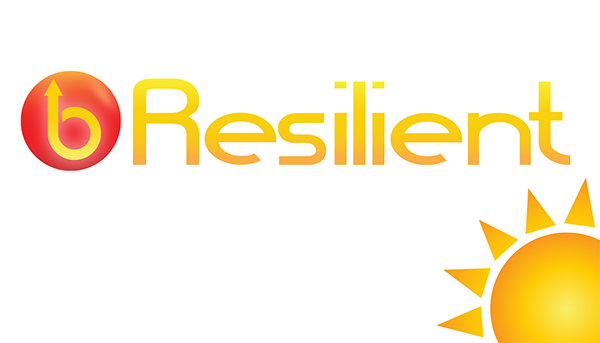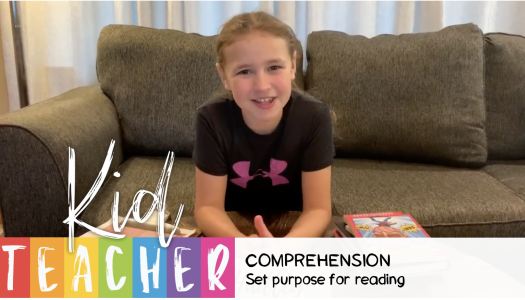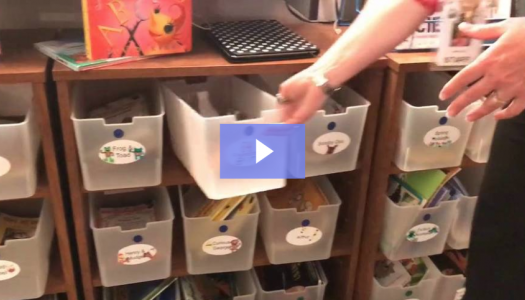
Lori Sabo
Often students’ intuition ferrets out things that don’t quite ring true. It’s one reason why authentic examples are so important. Whenever I read, I try to be cognizant of when I use a reading strategy so I can share it during a lesson. A sticky note with the page number and strategy placed on the back cover or just inside the front cover helps me always be ready with an example from my own reading. It is powerful proof that the techniques we are teaching aren’t just for when students are part of our classroom community but will be useful tools throughout their reading lives.
One such example happened on pages 192–193 of the wonderful book The Secret Hum of a Daisy by Tracy Holczer.
Here is what I read:
In one of those fields, set far off the road against a bent-up chain-link fence, were giant red plastic letters. The kind you might see in front of a church declaring Jesus Saves! Only bigger. They spelled out GOD BLESS YOU. I felt a little spot of warmth for whoever put those letters out. How they weren’t about to let a missing D get in their way.
And here is the immediate thinking that followed:
What? That doesn’t make sense. What does Tracy Holczer mean by “they weren’t about to let a missing D get in their way”?
I went back, reread, and cross checked as I went. The paragraph actually reads as follows:
In one of those fields, set far off the road against a bent-up chain-link fence, were giant red plastic letters. The kind you might see in front of a church declaring Jesus Saves! Only bigger. They spelled out GOO BLESS YOU. I felt a little spot of warmth for whoever put those letters out. How they weren’t about to let a missing D get in their way.
Oh, GOO! GOO BLESS YOU! Now I get it! There was a D missing, but my brain filled it in the first time I read which is why the sentence about the missing D didn’t make sense.
Cross checking is a powerful strategy that boosts both accuracy and comprehension. As we read, we are always tuned in to answering these three questions:
Does it look right? Does it sound right? Does it make sense?
When I first read the passage, only two of those were in place. It made sense, at first, and it certainly sounded right, but it didn’t look right, matching the letters in the word . . . not until I went back and fixed it.
I encourage you to be aware of the strategies you use as you read and to record them so you can easily share them later. And invite students to share their own strategy stories. It will help develop a community of learners and provide many opportunities for celebrations of success.
News From The Daily CAFE
Classroom Design—Step 3: Classroom Library
Titles for the First-Day-of-School Read-Alouds







